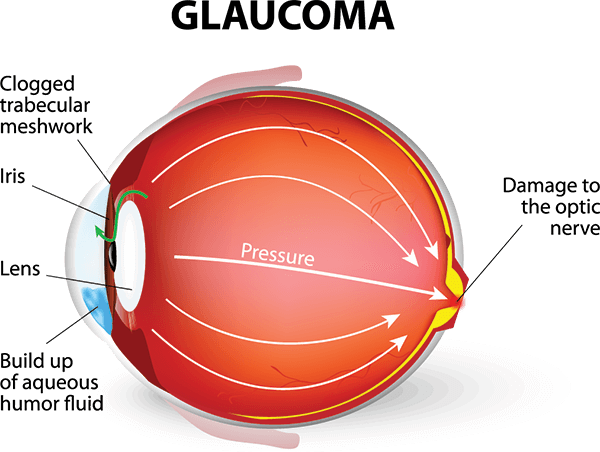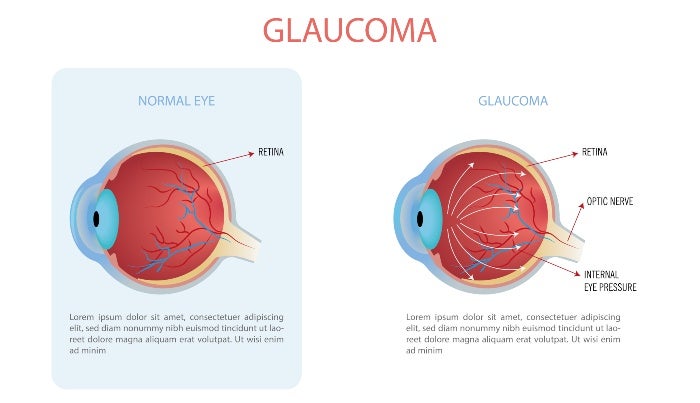Relied on Eyecare Near Me: Your Overview to Preserving Healthy And Balanced Vision
Wiki Article
Understanding the Various Vision Correction Procedures Available for Clearer Sight
In the world of vision improvement procedures, a wide range of alternatives exist to address refractive errors and supply people with more clear sight. From the commonly acknowledged LASIK surgical procedure to less invasive procedures like PRK and implantable lenses, the area of ophthalmology supplies a range of techniques tailored to match different requirements and choices. Each treatment includes its very own collection of factors to consider, benefits, and prospective threats. Understanding the subtleties of these vision correction techniques is essential for making educated decisions about one's aesthetic health. Allow's explore the details of these procedures and clarified the path to attaining improved vision clarity.LASIK Surgical Procedure
LASIK surgical treatment is a typical refractive procedure made use of to remedy vision issues such as astigmatism, farsightedness, and nearsightedness - retina service near me. This medical method, which stands for Laser-Assisted sitting Keratomileusis, intends to reshape the cornea to boost exactly how light is focused on the retina, inevitably improving vision clarity. Throughout the procedure, a slim flap is produced on the cornea, and a laser is used to eliminate accurate quantities of tissue to reshape it suitably. This reshaping permits light to be precisely concentrated onto the retina, remedying refractive errors.Among the main advantages of LASIK surgical treatment is the quick enhancement in vision experienced by people. Numerous people notice a substantial enhancement in their eyesight quickly after the treatment. Additionally, a lot of patients report very little discomfort and discomfort during the surgical treatment and recovery duration. The recovery time for LASIK is fairly fast, with many individuals going back to their everyday tasks within a day or two post-operation. On the whole, LASIK surgical treatment is a preferred choice for individuals looking for a lasting solution for their vision problems.
PRK Procedure
While additionally an usual refractive procedure, the PRK (Photorefractive Keratectomy) strategy varies from LASIK surgery in its strategy to fixing vision troubles. In PRK, rather than developing a flap on the cornea, the outer layer of the cornea, called the epithelium, is totally removed. This enables the laser to improve the cornea to fix refractive mistakes such as farsightedness, astigmatism, and nearsightedness directly externally.
Regardless of the longer recuperation time, PRK can yield excellent results in vision enhancement, making it a useful option for those that might not be ideal prospects for LASIK surgical procedure.
Implantable Lenses
As opposed to PRK where the cornea is reshaped directly, implantable lenses offer another method for fixing vision by placing man-made lenses inside the eye. This treatment is specifically valuable for people with high levels of astigmatism, nearsightedness, or farsightedness that may not appropriate candidates for laser surgeries like LASIK or PRK.
Implantable lenses, additionally referred to as phakic intraocular lenses, job by supplementing the eye's natural lens with a man-made one. refractive surgeries in al. These lenses can be positioned before the natural lens (anterior chamber) or behind the iris and in front of the all-natural lens (posterior chamber) By readjusting the power and positioning of these lenses, ophthalmologists can effectively fix refractive errors and enhance visual acuity
One benefit of implantable lenses is that they are exchangeable and removable, giving versatility for future modifications. However, similar to any type of operation, there are risks entailed, such as infection or cataract formation. Clients considering implantable lenses need to consult with an eye treatment expert to determine one of the most suitable alternative based on their private needs and eye health and wellness.
Corneal Rings
Corneal rings, also recognized as intracorneal ring segments, are tiny, transparent gadgets put into the cornea to deal with vision distortions such as keratoconus. Keratoconus is a condition where the cornea thins and protrudes outside, causing vision to end up being altered. The insertion of corneal rings helps to squash the cornea, improving aesthetic skill and minimizing the uneven astigmatism caused by keratoconus.The treatment for inserting corneal rings is fairly fast and minimally invasive, frequently executed as an outpatient procedure. Throughout the surgery, the eye doctor makes a tiny incision in the cornea and inserts the rings at a certain deepness. When in area, the rings help to reshape the cornea, giving a smoother surface home area for light to enter the eye, which can lead to more clear vision.
Corneal rings are taken into consideration a reversible treatment, as they can be removed or replaced if needed. eyecare near me. While they may not entirely get rid of the demand for glasses or contact lenses, corneal rings can considerably enhance vision high quality and total aesthetic convenience for people with keratoconus or various other corneal abnormalities
Refractive Lens Exchange
Following the correction of corneal irregularities with procedures like corneal rings, an additional vision improvement strategy that can resolve refractive mistakes is Refractive Lens Exchange (RLE) RLE is a medical treatment that includes replacing the eye's natural lens with an artificial intraocular lens (IOL) to deal with refractive mistakes such as presbyopia, nearsightedness, and farsightedness. This treatment is especially advantageous for individuals that may not be suitable prospects for treatments like LASIK or PRK because of factors such as slim corneas or high refractive mistakes.
Final Thought
In final thought, there are different vision modification treatments readily available to help individuals achieve clearer sight. LASIK surgical treatment, PRK procedure, implantable lenses, corneal rings, like this and refractive lens exchange are all choices that can attend to various vision problems.In the world of vision improvement treatments, a plethora of alternatives exist to resolve refractive mistakes and give people with more clear view.LASIK surgical procedure is a common refractive treatment utilized to deal with vision issues such as nearsightedness, farsightedness, and astigmatism.While additionally a typical refractive procedure, the PRK (Photorefractive Keratectomy) strategy varies from LASIK surgery in its approach to dealing with vision issues.Following the improvement of corneal abnormalities with procedures like corneal rings, an additional vision adjustment strategy that can attend to refractive errors is Refractive Lens Exchange (RLE) LASIK surgical treatment, PRK procedure, implantable lenses, corneal rings, and refractive lens exchange are all alternatives that can deal with various vision issues.
Report this wiki page